Before buying an insurance policy, it’s important to understand the policy’s coverage limits and how these will affect the amount that the association will be responsible for paying toward each claim. In this article, we’re going to talk about the two basic types of coverage limits and how they affect the claims process.
The Aggregate Limit
The first type of coverage limit on an insurance policy is the aggregate limit. This is the total amount of money an insurance company will pay for covered losses within a policy period. When an insured party renews their insurance policy, the aggregate limit resets.
Per Occurrence Limit
The second type of coverage limit on an insurance policy is the per occurrence limit. This is the total amount of money an insurance company will pay for a single occurrence of a covered loss. If a single occurrence is higher than the policy’s per occurrence limit, then the association will be responsible for paying the rest.
Additionally, if the association has exhausted its aggregate limit on other occurrences over the course of the policy period, the insurance policy will decline any subsequent occurrences.
Why Appropriate Coverage Limits Are Important
As you can see, it is important for the association board to review coverage limits to prevent the association from effectively “running out” of insurance coverage before the coverage period has ended. Additionally, adequate coverage will help the association avoid paying sums that exceed its per occurrence limits.
State law and the association’s governing documents may also require an association to carry certain limits of insurance coverage, so the association should review these documents prior to binding coverage.
Don’t Forget About Deductibles
Insurance deductibles are also important to consider before purchasing a policy. Similar to policy limits, insurance deductibles need to be set appropriately to avoid the association paying too much out of pocket for insurance claims. A deductible is the part of a claim, either a set amount or a percentage of the total claim, that the insured is responsible for paying. If a claim does not exceed the deductible amount, the insurance company will not pay anything toward the claim.
Applying Coverage Limits & Deductibles
Therefore, if an association’s deductible is set too high and its coverage limits are set too low, the insurance policy will not provide adequate coverage in the event of a claim. And, if the association does not have the necessary funds to pay their portion of the claim, the board may need to levy a special assessment, which may be overly burdensome to the association’s homeowners, not to mention unwelcome and unpopular.
To illustrate, imagine that an association’s per occurrence coverage limit is $500,000 and its deductible is $25,000. If the association experiences a loss worth $1,500,000, it would pay for the $25,000 deductible, as well as the $1,000,000 above the per occurrence coverage limit, and the insurance company would only pay the remaining $475,000.
When deciding on coverage limits, it’s best to get advice and guidance from an HOA insurance expert. Please don’t hesitate to reach out to a Blue Lime representative if you have questions about how well your association would be covered should a claim occur.





